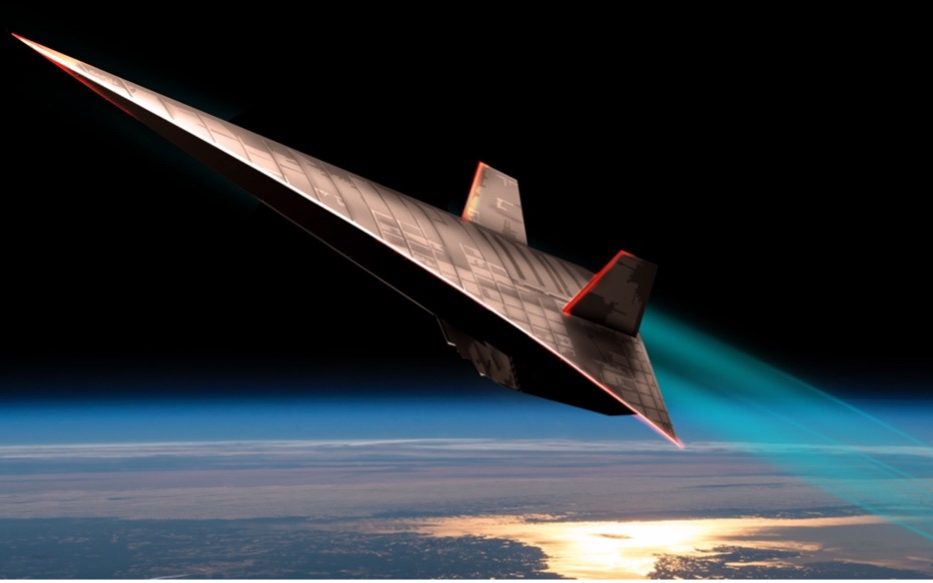Experts reflect on hypervelocity systems

In October 2021, experts from 12 EDA Member States as well as Norway and Switzerland participated in an online workshop organised by the Agency to identify and discuss research & technology needs as well as potential future applications of hypervelocity systems.
The workshop took place as part of an ongoing series of EDA Technology Foresight Workshops which aim to assess the potential of emerging technologies which are expected to strongly impact future defence capabilities. Hypervelocity is without doubt among these, given its high potential for application and disruptiveness in the defence domain.
Against this backdrop, last week’s workshop gathered some 90 European subject matter experts to discuss current and future hypervelocity technologies and associated R&T needs. The topic was approached from different angles, including hypersonic transport, effectors and protection against hypervelocity threats. More detailed discussion took place on propulsion and launching platforms, manoeuvrability, trajectory, questions related to information management as well as guidance and control of such hypervelocity systems. In this way, the workshop comprehensively covered the defence view on hypervelocity from an EU perspective and its required autonomy. Furthermore, potential synergies with the civilian sector were also discussed.
This workshop was an activity bringing together several EDA Capability & Technology (CapTech) groups on: Missiles and Munitions Systems, Air Systems, Guidance, Navigation and Control, and Materials and Structures.
The workshop on hypervelocity systems was conducted virtually over a period of two working days, with the support of Ingeniería de Sistemas para la Defensa de Espana (Isdefe), under a specific contract with EDA. At the beginning, participants attended a plenary session during which keynote speakers introduced the topic and set the scene of hypervelocity, the expected advantages, examples of use cases and the current challenges, such as suitable test systems. Afterwards, participants were separated in smaller groups (virtual tables) in which they thoroughly discussed the subject of hypervelocity from different perspectives. In a final plenary session, the results of the virtual tables discussions were presented and summarized. The workshop results will be further analysed in the upcoming weeks and a comprehensive report will be elaborated for EDA participating Member States’ Ministries of Defence. It will include the main conclusions and recommendations for Member States concerning hypervelocity applications for defence, research needs and possible dual-use synergies.

